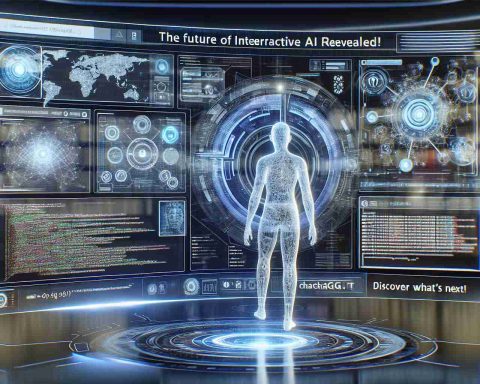In recent years, discussions surrounding artificial intelligence (AI) have sparked debates about ethics and safety, often leading to sensational headlines like “Death by AI.” While such titles grab attention, it’s crucial to understand the facts underpinning this controversial topic.
AI, primarily underpinned by machine learning algorithms, is becoming increasingly integral in managing complex systems, from healthcare to autonomous vehicles. The fear of AI causing harm chiefly arises from two sources: algorithmic bias and autonomous decision-making capabilities.
Algorithmic bias occurs when AI systems inadvertently incorporate and amplify human biases present in their training data. This can lead to incorrect and potentially life-threatening decisions. A glaring example was the COMPAS algorithm used in the U.S. criminal justice system, which was criticized for unfairly discriminating against particular racial groups, directly affecting sentencing outcomes.
Autonomous vehicles represent another domain where “death by AI” is a genuine concern. Recent incidents involving fatalities in self-driving cars have spotlighted the potential hazards of AI-driven vehicles. Despite advancements, AI in vehicles can still struggle with unexpected road scenarios, leading to dangerous outcomes.
However, it’s essential to place these risks in context. Thorough regulation, ethical guidelines, and continuous improvements in AI technology strive to mitigate such dangers. Organizations and governments worldwide are focusing on creating more robust, fair, and accountable AI systems to prevent any unintended consequences.
While the fear of “death by AI” serves as a critical reminder of the technology’s potential perils, it also underscores the importance of responsible AI development to ensure safe and beneficial integration into society.
Are We Ready for AI in Law Enforcement? The Hidden Dangers Beyond the Headlines
As AI technology becomes entangled with various facets of life, its application in law enforcement is stirring further debate and concern. Beyond algorithmic bias, the use of AI in predictive policing and surveillance presents unique challenges that impact communities and personal privacy rights.
Predictive policing systems, designed to anticipate criminal activity, often draw from historical arrest data. This reliance can reinforce systemic biases, especially against marginalized communities, leading to over-policing and unwarranted scrutiny. Such systems could exacerbate existing societal inequalities, amplifying mistrust between law enforcement and communities.
Furthermore, AI-powered surveillance tools, including facial recognition systems, are being adopted worldwide. These technologies raise significant privacy concerns, with cases of misuse or errors potentially leading to wrongful accusations. The controversy surrounding facial recognition has prompted several cities in the U.S. to ban the technology, reflecting the tension between security measures and civil liberties.
Amidst these challenges, it’s crucial to ask: How can governments ensure the ethical deployment of AI in law enforcement? One solution lies in implementing stringent regulations and transparency requirements. Global efforts, like those encouraged by the European Union’s AI Act, advocate for robust legal frameworks to monitor and control AI applications, emphasizing accountability and ethical responsibility.
Ultimately, while AI’s role in law enforcement can enhance efficiency, it demands careful consideration and public dialogue. Striking a balance between innovation and ethical oversight is essential to foster trust and safeguard human rights in the AI era.
For more on AI regulations, visit the National Institute of Standards and Technology.

















